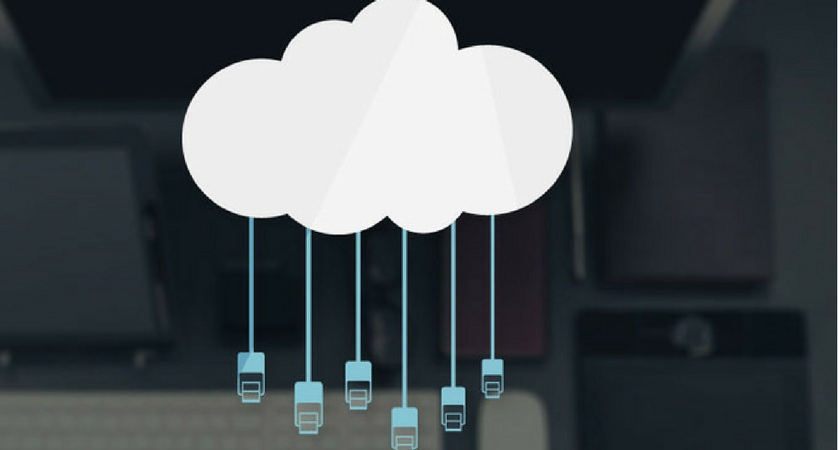Cloud integration has recently been adopted by the federal government as its IT modernization strategy’s central tenet. As a result, cloud service providers are on the rise as more companies shift to cloud computing to secure their data and reduce their hardware or infrastructure requirements.
Cloud-based platforms promise optimized workflows, increased productivity, improved flexibility, agility, and higher ROI. But every software that runs on the cloud has risks, threats, and weaknesses that can put critical data at stake. For this reason, cloud users should be fully aware of the risks involved in their platform and make sure that the responsibilities of mitigating them are clearly handled by their service providers. They should also adopt a platform that has an effective ServiceNow security incident response solution to reduce or prevent security threats.
Cloud Computing Security Risks
The following security risks in cloud computing have stemmed from its unique characteristics, but all of these can be mitigated when consumers are adequately informed and educated about the complexities involved.
- Visibility and control over data are reduced – With an external cloud service, companies lose some visibility and control over their operational data as they move to the cloud since the service provider will be partly responsible for the technicalities of the platform instead of the company having full control of it.
- Unauthorized use is simplified – Using a software tool that is not supported by the company’s IT infrastructure increases the risks of unauthorized data access and malware infection.
- Data leakage if separation controls fail – Although no such incident has been reported yet, it has been demonstrated. This can occur if a multi-tenancy cloud platform’s vulnerabilities are exploited.
- Incomplete data deletion – Because data is available to all authorized users, the remnants of a deleted file could still be available to the rest of the users and potential attackers.
- Credential safety – If a hacker manages to access the cloud using the stolen credentials of an administrator, the company’s critical data may be compromised.
- Authorized access may be abused – Employees and administrators from both the company and the service provider may abuse their authorized access, exploiting data and damaging the system.
- Users having inadequate knowledge about the cloud – Insufficient knowledge leads to various security issues, so it’s important to be properly educated about cloud platforms before using one. The IT should have a full understanding of its technicalities, and users should have backup file storage, among other responsibilities.
How to Protect Data
When companies see an opportunity to shift to cloud computing, the first step they should take is to educate themselves about it. After becoming fully aware of the risks, they should establish a process to keep their critical data safeguarded.
The IT team should know how much or how little control they have over the platform’s security features. It would be helpful and beneficial to choose a cloud platform that has an application that mitigates security risks, threats, and weaknesses. ServiceNow, for example, can be tailored to fit an organization’s specific needs.
It’s also important to understand the responsibilities of the service providers. Make sure their security policies are stringent and will be approved by your auditors. Identify all the gaps in the security measures to find out which ones you should manage on your end. Ensure that there will be credential management tools to prevent hacking threats. It also pays to learn more about high-tech security tools.
Don’t fully rely on the service provider when encrypting your data. Adopt a more secure encryption solution to protect data before uploading it to the cloud. Employ firewall solutions as well to protect your company’s network.
Study the guidelines of the Cloud Security Alliance to know the best practices in ensuring maximum data security. If you follow all the strategies in protecting your data on the cloud, you can reduce or eliminate the odds of unauthorized access, data leakage, system damage, and other security issues.






